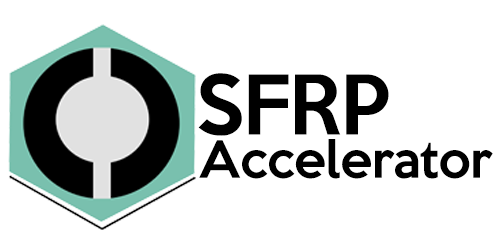With the passage of the “One Big Beautiful Bill Act” in the House, the framework for federal housing assistance appears poised for transformation. A central feature of the legislation is a significant shift toward deregulation and state-level control of housing programs, representing a fundamental change in how the U.S. delivers affordable housing.
While this marks a period of uncertainty in federal housing policy, it also creates a new context for evaluating local solutions, particularly within the single-family rental (SFR) sector.
Deregulation: Enabling Localized Housing Responses
The reduction of federal mandates offers states and municipalities the opportunity to develop housing solutions that reflect their unique economic and demographic realities. Potential benefits of this approach include:
- Faster Approval Processes: Reduced regulatory oversight may allow for more streamlined project timelines.
- Lower Development Costs: Fewer compliance burdens could improve cost structures, supporting affordability.
- Community-Specific Program Design: State-led initiatives have the flexibility to respond directly to local housing needs.
For stakeholders focused on single-family rental housing, these shifts may enable stronger alignment between housing stock and local demand, particularly where policies are responsive to working-class and voucher-supported households.
Secretary Scott Turner’s Initiatives
HUD Secretary Scott Turner has made several noteworthy policy moves over the past two weeks that further highlight the administration’s housing priorities:
- He has launched a program to repurpose underutilized federal land for housing, with a particular focus on the Southwest and Mountain West.
- He has advocated for increased administrative efficiency at HUD, promoting the idea that state and local actors are better suited to administer housing support programs.
These initiatives may serve to expand housing supply over the long term. However, given development timelines and infrastructure needs, these strategies will likely yield gradual outcomes rather than immediate relief.
The Role of Scattered Site SFR in a Transitional Landscape
Scattered site single-family rental portfolios offer a potential bridge between housing need and available supply. In contrast to new multifamily construction, SFR portfolios can:
- Utilize existing housing inventory, allowing for near-term leasing without long development cycles.
- Support geographic dispersion of affordable housing, integrating voucher holders into diverse neighborhoods.
- Respond nimbly to policy and market shifts, especially where local housing authorities provide stable rental subsidies.
Stability Amid Market Volatility
Current economic conditions, including elevated Treasury yields and uncertain fiscal policy, underscore the value of housing as a stabilizing asset. Single-family rentals, especially those supported by voucher programs, may serve as a hedge in this environment:
- Rents tend to be stable even during economic downturns.
- Vouchers offer a floor on income that can support operating performance.
- Demand for affordable housing continues to outpace supply in most metro areas.
These factors suggest that well-managed SFR portfolios may provide durable returns while also contributing to local housing accessibility.
Homestead Affordable: Continuing Forward with Focus
At Homestead Affordable, we are monitoring this evolving environment closely. Our mission remains unchanged: to provide high-quality, affordable housing to families across Texas, Georgia, Arizona, Florida, and California. Our approach is rooted in flexibility—allowing us to adjust to market conditions and policy shifts while maintaining focus on long-term housing impact.
We believe scattered site SFR portfolios have an important role to play in today’s housing landscape. As states assume more control over housing policy, our readiness to deploy solutions that meet both community and investor objectives positions us well for the road ahead.
Sources:

